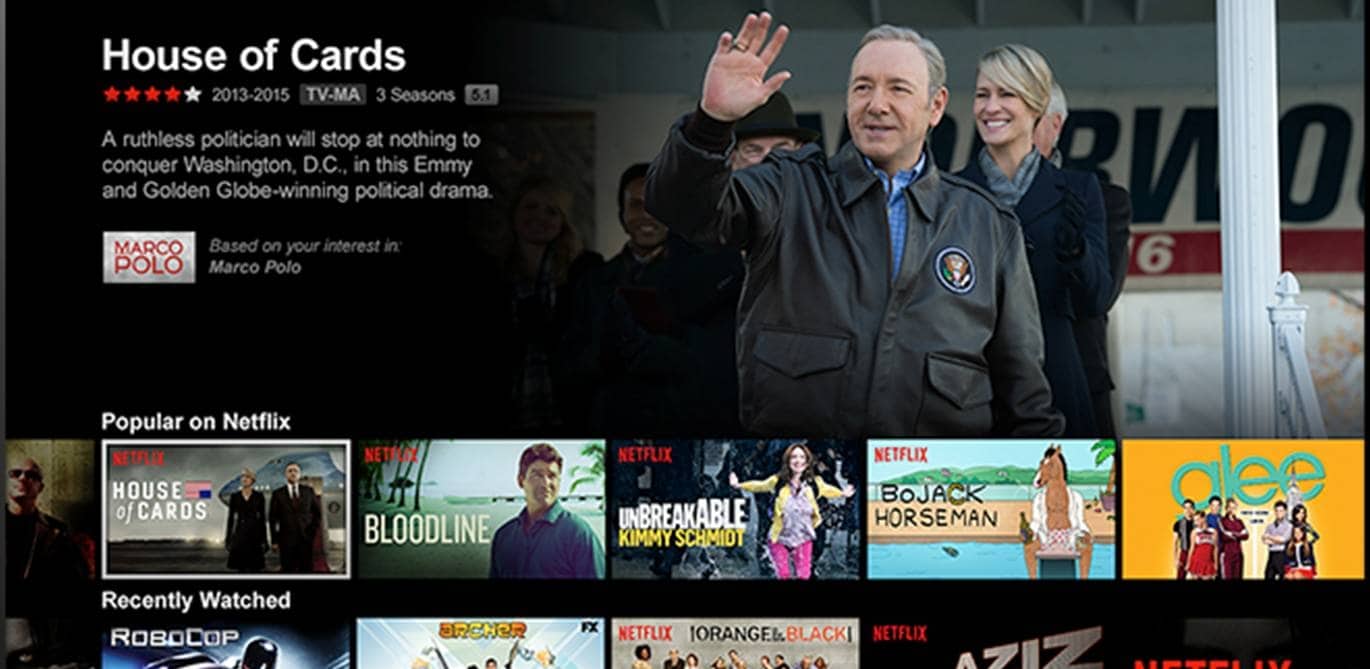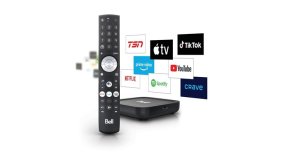It took me nearly four hours but it’s finally done! All of my pictures on my mobile phone have been uploaded to the cloud. Having it on the cloud provides me with more security, flexibility and peace of mind knowing that all my pictures are now backed up is a great relief. The continued growth of services from Google, Amazon, Dropbox and Box suggest that I am not alone in thinking this. However, while the cloud has seen widespread adoption amongst consumers and businesses, mobile operators have been much slower to the virtualization party, inspite of all the hoopla surrounding NFV.
Better late than never
Well, I am hoping they take a page from the Netflix playbook and get going in earnest. Having run the majority of their operations on data centres for over seven years, Netflix recently announced that it has switched all of its services to the cloud via Amazon Web Services (AWS). Aside from helping boost Amazon’s profits, Netflix’s switch to cloud services shows the viability of virtualization for large service providers. And it makes perfect sense.
It took Netflix a major hardware failure in 2008 to begin the transition. Fact is, most service providers take virtualization seriously only after a catastrophic network event or when a powerful CIO or CTO bulldozes his or her agenda through without much buy in from peers. Only a handful have taken the decision to venture to the cloud as a company strategy with clear budget and resources backing the plan. Its also important to learn from Netflix, who took a phased approach in executing this plan over 7 years as they moved their big data platform in 2013, their billing platform in 2014 and completed the transition of their final datacentre in 2015
Virtualization
Although this is arguably the first high profile company to adopt cloud-based infrastructure, there are others following in its footsteps, albeit cautiously. Already a number of forward thinking mobile operators have begun the switch.
As you read this, a major tier 1 operator is virtualizing their services. An EMEA tier 1 carrier is transitioning to a consolidated User Data Repository (UDR) and they are doing it on their private cloud. A Tier 2 in North America is doing roaming optimization in the AWS public cloud.
With the switch to cloud computing, operators are looking to capitalise and deploy NFV (Network Functions Virtualization) solutions. Thanks to a recent convergence of IT and networks, a host of system and hardware vendors have entered the operator ecosystem. Small wonder then that the NFV market is expected to be worth $11.6bn by 2019, according to industry analyst IHS, with 80% of this being made up of new NFV software solutions. Clearly, operators are interested in NFV and what it offers – cost savings and shorter deployment cycles. Put simply, it gives carriers a formidable competitive edge.
Beware of broken promises
However, there is a lurking danger for mobile operators. With NFV being such a hot topic, everyone wants a piece of the pie. For carriers looking to work with large multi-solution vendors, they will quickly find that the promise of NFV quickly disappear as they are locked into a single vendor, usually under the pretext of being the “NFV orchestrator”. In fact being confined to a single vendor removes the need for NFV in the first place.
To harness the full benefits of NFV, operators should look to use best-of-breed solutions from multiple vendors. This helps to create the best network and backend systems possible. Carriers interested in NFV need to look not only at specialist software vendors, but also software platforms too. Much like, Netflix, pick a target domain such as GiLAN domain which has several network applications (e.g. mobile data optimization, content filtering etc.) that can run on commodity HW and get started with a NFV ecosystem provider that integrates with multiple 3rd party applications integrated. Day 1 should be about pure virtualization with subsequent phases focusing on elastic scaling for that domain followed by other domains (e.g Subscriber data platform; policy & charging platform) being virtualized. This allows the maximum chance of success as it creates a culture of continuous learning, much like how the OTT world loves to operate.
In summary, Mobile operators need to take a leaf out of Netflix’s book – or movie - and carefully plan and execute the switch to cloud computing and NFV. For NFV to work, operators need to stop endless cycles of PoCs and get going and they should also avoid being vertically locked into a single vendor’s hardware and software solutions. As they say in the movies – that’s a wrap or should I say ‘trap’.




















